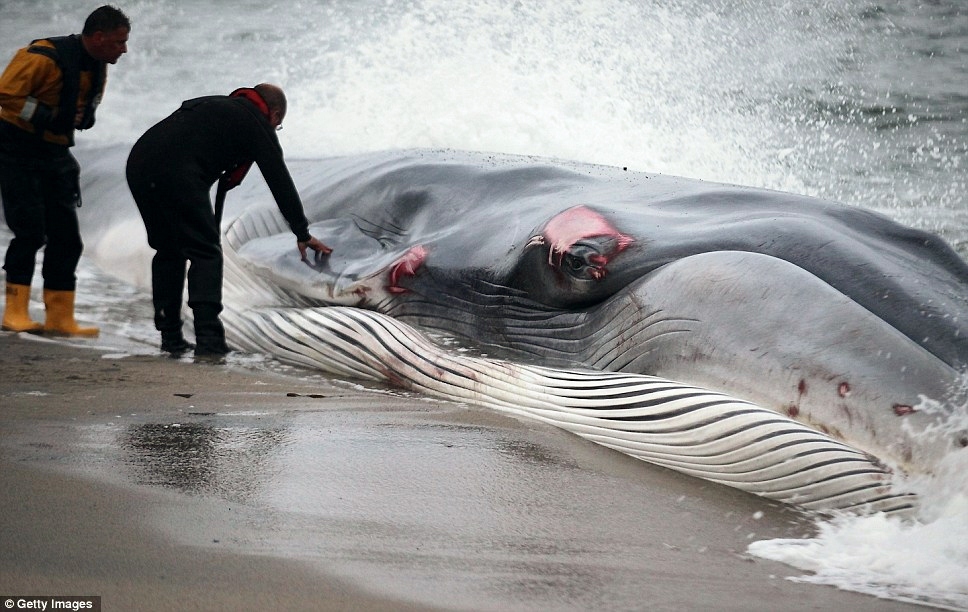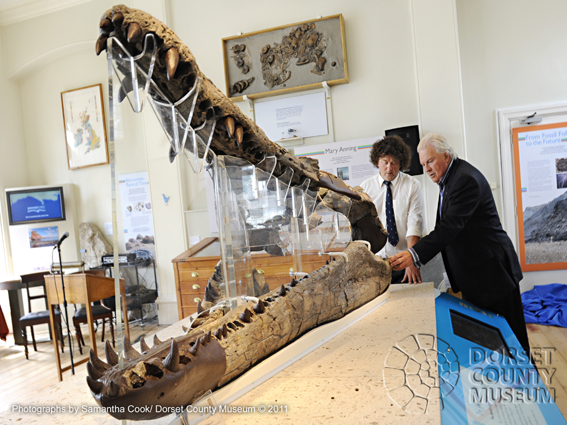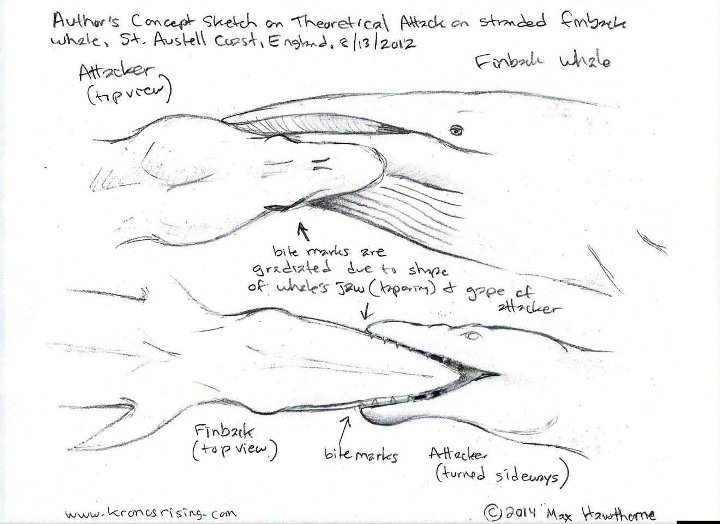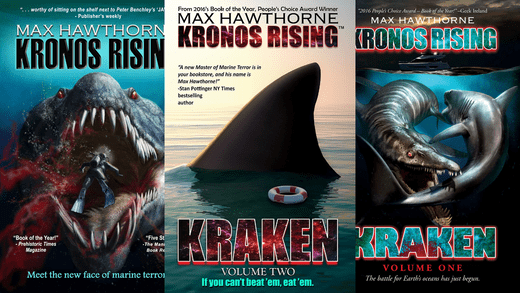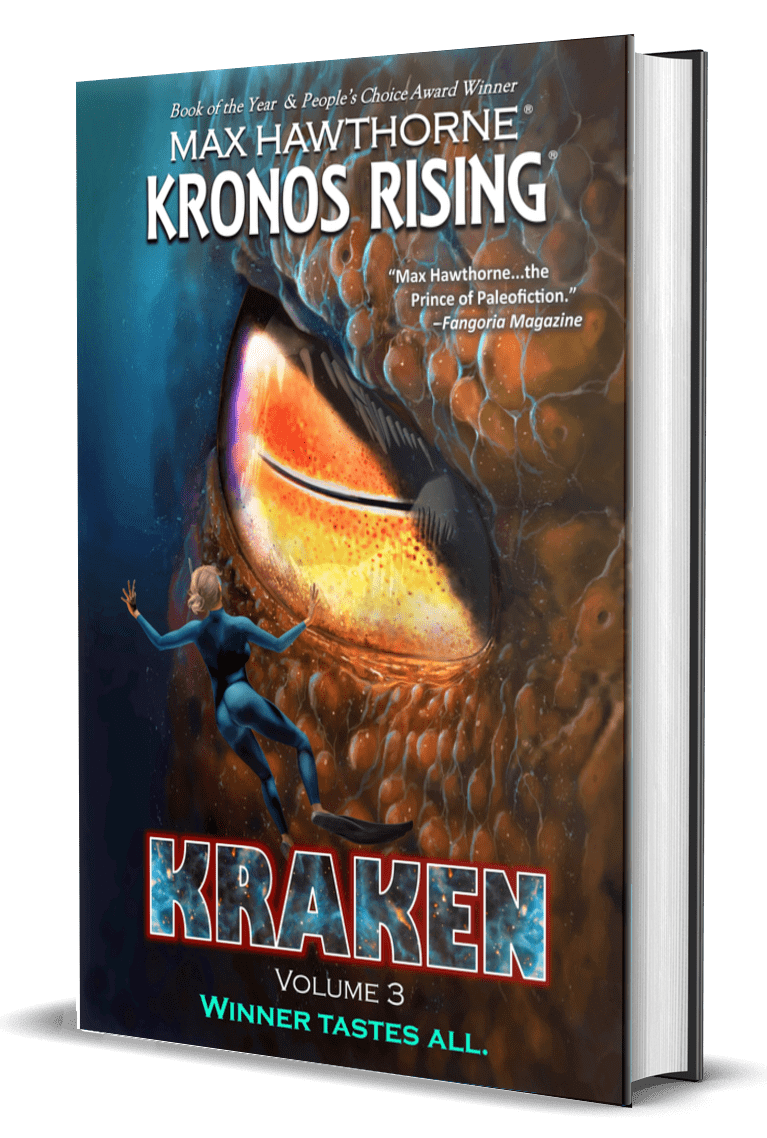The old Gods were creatures to be feared.
Back when I was hunkering down to write Kronos Rising, that thought was foremost in my mind. I did a lot of research on the great marine reptiles of the Mesozoic – in particular, the mighty mosasaurs and pliosaurs that once ruled the primeval seas. It was fascinating stuff, learning the physiology and feeding habits of the world’s greatest predators. And it was safe. I was reading about them, not studying them firsthand. It wasn’t like I had a choice. After all, they’re all dead and gone. Nothing left but fossils.
That’s what I always believed. At least, until my book research started uncovering eye witness statements like this: “During World War I, the German submarine U28, under the command of Captain Georg Von Forstner, torpedoed the British steamer Iberian in the North Atlantic. His report read: “On July 30, 1915, our U28 torpedoed the British steamer Iberian carrying a rich cargo in the North Atlantic. The steamer sank quickly, the bow sticking almost vertically into the air. When it had gone for about twenty-five seconds there was a violent explosion. A little later pieces of wreckage, and among them a gigantic sea animal (writhing and struggling wildly), was shot out of the water to a height of 60 to 100 feet. At that moment I had with me in the conning tower my officers of the watch, the chief engineer, the navigator, and the helmsman. Simultaneously we all drew one another’s attention to this wonder of the seas . . . we were unable to identify it. We did not have time to take a photograph, for the animal sank out of sight after ten or fifteen seconds. It was about 60 feet long, was like a crocodile in shape, and had four limbs with powerful webbed feet . . .” If you’ve read Kronos Rising, you probably recognize that quote.
Over the course of crafting my novel, I uncovered many more (and far more recent) reports and sightings of creatures that bear an eerie resemblance to supposedly extinct marine predators. Being a relatively stolid individual, however, I took such things in stride. Although the creative in me longed for these reports to turn out to be factual, the realist in me was inclined to dismiss them as either simple misidentifications of existing species or the byproduct of alcohol consumption, combined with overactive imaginations. Things may have changed.
I have a Facebook fan page for Kronos Rising, and on that page, I actively interact with my readers. One of the weekly posts I do is entitled, “Prop or Predator,” and in this post I feature photos I find online of a whale or shark sporting injuries of some kind. I encourage my readers to voice their opinions as to what was responsible for the damage. Was the huge hunk taken out of that unfortunate humpback’s flukes caused by a ship’s propeller or a killer whale attack? Or, if neither, is it possible something far more sinister was responsible? It’s fun for my readers, and I enjoy the back and forth. Recently, I came across a series of photographs of a beached whale that, at first glance, looked like many of the others I’ve posted. When I looked closely at one photo, however, I saw something that gave me pause. And when I studied it and its brethren in detail, I found myself a little shaken.
On August 13th, 2012, a 65-foot finback whale ended up stranded on the beach off the St. Austell coast of England. This was documented by both still pictures and film footage. According to the reports, the whale swam into the shallows and remained there until the receding tide left it stranded. Despite rescue efforts, the whale – which was reported as malnourished, extremely distressed, and sporting injuries to its face and eye – died shortly thereafter.
What struck me as odd, and what nobody seems to have paid attention to, are the wounds on the whale’s face. As you can see from the proceeding photograph, there are a series of deep punctures running along the right side of its lower jaw that are quite visible in many of the pictures. The punctures are evenly spaced and run in a straight line, then curve around to form an unmistakable, elongated U-shaped pattern (Stranded finback whale photo courtesy Getty Images, used with permission.).
When I saw this wound pattern I was stunned. And before I “put my neck in the noose” and make myself a target for media ridicule, let me state that I’m not readily given to flights of fantasy. I prefer to deal with reality. I like empirical evidence – real, physical stuff that I can touch, test, and relate to. If you show me a really good Sasquatch footprint, for example, I’ll be interested. If you show me where one chomped down on your shoulder, however, I’ll be intrigued. It’s a lot harder to fake a bite mark than it is a footprint. And when I looked at the wound pattern on the finback whale’s face, I found myself faced with a frightening possibility.
It might just be a bite mark.
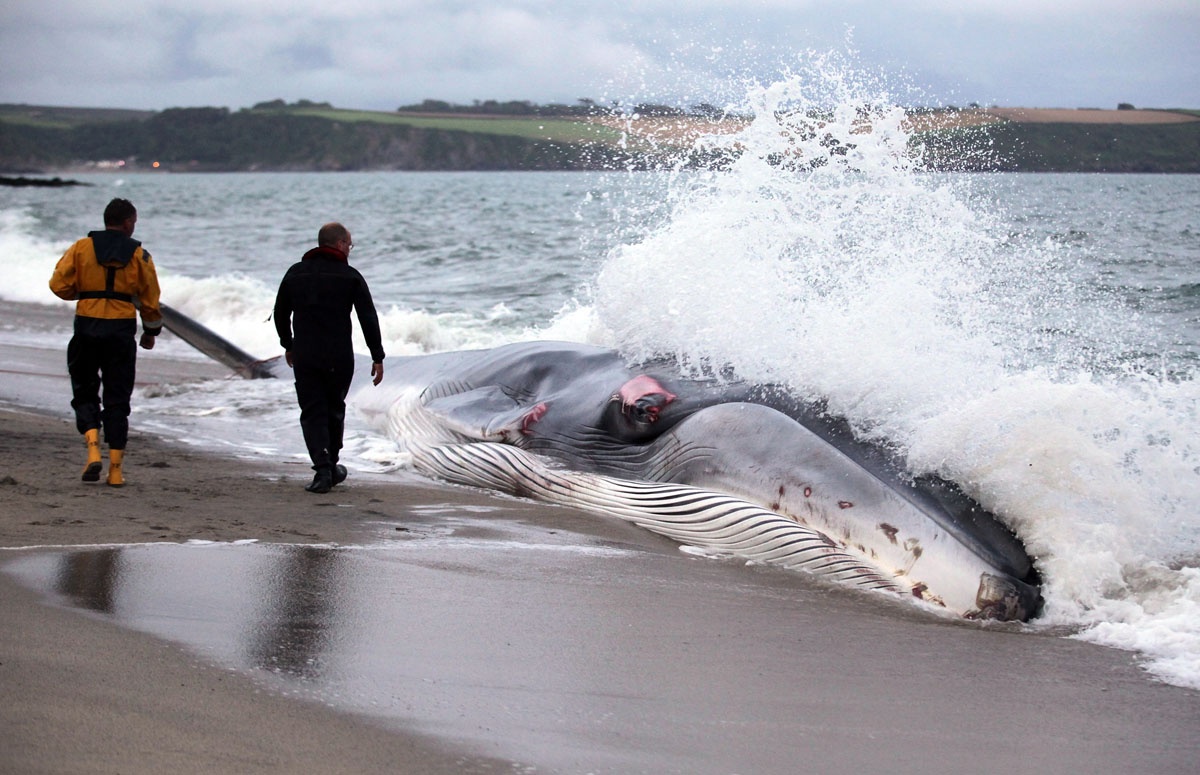
Based on the photographic evidence, it appears that something very large, with long, crocodile-shaped jaws, lined with big, sharp teeth, may have attacked the finback. I know that sounds insane, but then, crazy things happen all the time. Is it possible? Or is there some other explanation?
It’s not a shark bite, nor that of a sperm whale (not that they feed on other whales, anyway). Rocks or rebar from ruptured pilings don’t typically make organized punctures like that (note: the footage of the dying whale confirms that it was lying on sand with no rocky jetty visible nearby, moreover fresh wounds would bleed), and I just can’t picture someone coming down to the beach with an oversized pickaxe while crowds are gathered and cameras rolling, and whacking away at the poor, beached whale in such a precise manner without getting spotted. Not to mention, even stranded in the shallows, I don’t think the whale would have been very receptive.
Without examining the whale’s corpse and the other side of its jaw in particular, it’s impossible to say with any degree of certainty. However, barring some unforeseen explanation coming to light, I’m inclined to remain open to the possibility. Think about it: A large cetacean: wounded, distressed, and malnourished, basically committed suicide by beaching itself. That’s what happened. The whale swam into the shallows and remained there even as the tide went out, allowing itself to become stranded – a certain death.
Why would a whale do that?
As a novelist who specializes in marine terror, the motivator that automatically comes to mind is fear. I would imagine death on a beach from slow suffocation would be infinitely preferable to being torn apart and devoured by a monstrous predator. It would be like choosing between sitting in a closed garage with the car engine running and being eaten alive by a hungry crocodile. Which would you prefer?
Putting aside my (admittedly) lingering doubts and focusing on the possibility that I’m correct in my interpretation, my next question would be: ‘How would such an attack have taken place?’
The writer in me again springs to the fore. Per force, there are myriad possibilities. But based on the physical evidence, it it WAS an attack, I imagine something along the lines of the finback whale being initially attacked out at sea, by what was most likely an enormous mosasaur or pliosaur.
Note: the fossil record supports the potential for such a predator in the exact same region. The Weymouth Bay pliosaur (also known as Pliosaurus kevani), whose skull is on display in the Dorset County Museum in Dorchester, had a tooth-lined skull measuring nearly eight feet in length, with the animal itself calculated at nearly forty.
If you study the Getty images online – in particular the one where rescue workers are surrounding the finback’s head, you can see the portion of the whale’s lower jaw where it was enveloped measures about six feet. Given that the punctures are shallower and more ragged closer to the tip of the whale’s jaw, and also taking into account the whale’s bullet-shaped head (which would have resulted in more scrapes and less punctures if that portion of its face was inside a predator’s wide-open mouth), the attacker must have had a substantial gape. In fact, using a side photo of the Weymouth Bay pliosaur’s skull as a point of reference, I estimate the jaws of the creature that attacked the finback measured somewhere between ten and twelve feet in length. With a five-to-one ratio of skull to body, that equates to a pliosaur up to sixty feet in length – the same size as the animal U-Boat Captain Georg von Forstner spotted in 1915.
The news reports also state that the whale was very malnourished, extremely distressed, and had numerous injuries, including scrapes and scratches and wounds around its eye, as can be seen in the images. If you watch the video at http://www.youtube.com/watch?v=V-Fhnj… you will see one of the rescue workers stating that divers reported the animal had also suffered abdominal wounds (note, photos or footage of these abdominal wounds were never shown, and why did an elite dive team show up there in the first place – is that the norm for standings? Not that I know of). Knowing how modern ambush predators like white sharks make a living, I would venture the whale was initially attacked from below. That makes sense, as it avoids a defensive fluke strike. Also, attacking the whale’s face – its toughest, boniest point, would have been far less productive.
Another question that begs addressing: Was the whale already malnourished when it was attacked? It’s quite possible. Predators often zero weak and injured animals, and a healthy adult finback would be a strong and swift opponent – one tough to drag down, especially for a lone assailant.
On the other hand, if the initial attack was unsuccessful, the whale’s attacker may have simply kept after it, like a Komodo dragon that delivers a deadly bite, and then waits for its prey to expire. The aggressor may have pursued the wounded whale and repeatedly harried it, with the goal of preventing it from feeding or resting until it was so drained and exhausted it was unable to fight back – an easy kill.
Regardless, I would hazard that the whale, knowing it was doomed, took to the shallows to die. Its pursuer, most likely a crafty hunter that instinctively shies away from human beings and their huge, noisy ships, would have taken steps to prevent this. It is at this point that I imagine it attacked the finback head-on, possibly trying to seize it by the throat. The whale may have sacrificed its face to save its throat, and its attacker, now locked onto it, tried to wrestle it down, hoping to kill it outright. The damage to the whale’s face lends credence to this, as the loss of tissue around its eye may have happened as the two titans struggled back and forth, dragging their way along the rough sea floor as the whale fought for its life. In the end, the finback, fighting with the strength of desperation, broke free from its reptilian adversary and fled for the shallows. With its pursuer waiting hungrily in the distance, the exhausted and terrified cetacean resolved to remain there to die, rather than facing what waited for it in the deep water.
I have attached a sketch which gives a very clear indication of how I believe the finback sustained the deep puncture wounds to its face, a pattern frighteningly similar to both the jaw structure and arsenal of spiked teeth found in the mandibles of the region’s (supposedly) extinct Pliosaurus kevani. My sketch shows both side and top views, illustrating precisely how the bite would have inflicted the particular injuries the whale had.
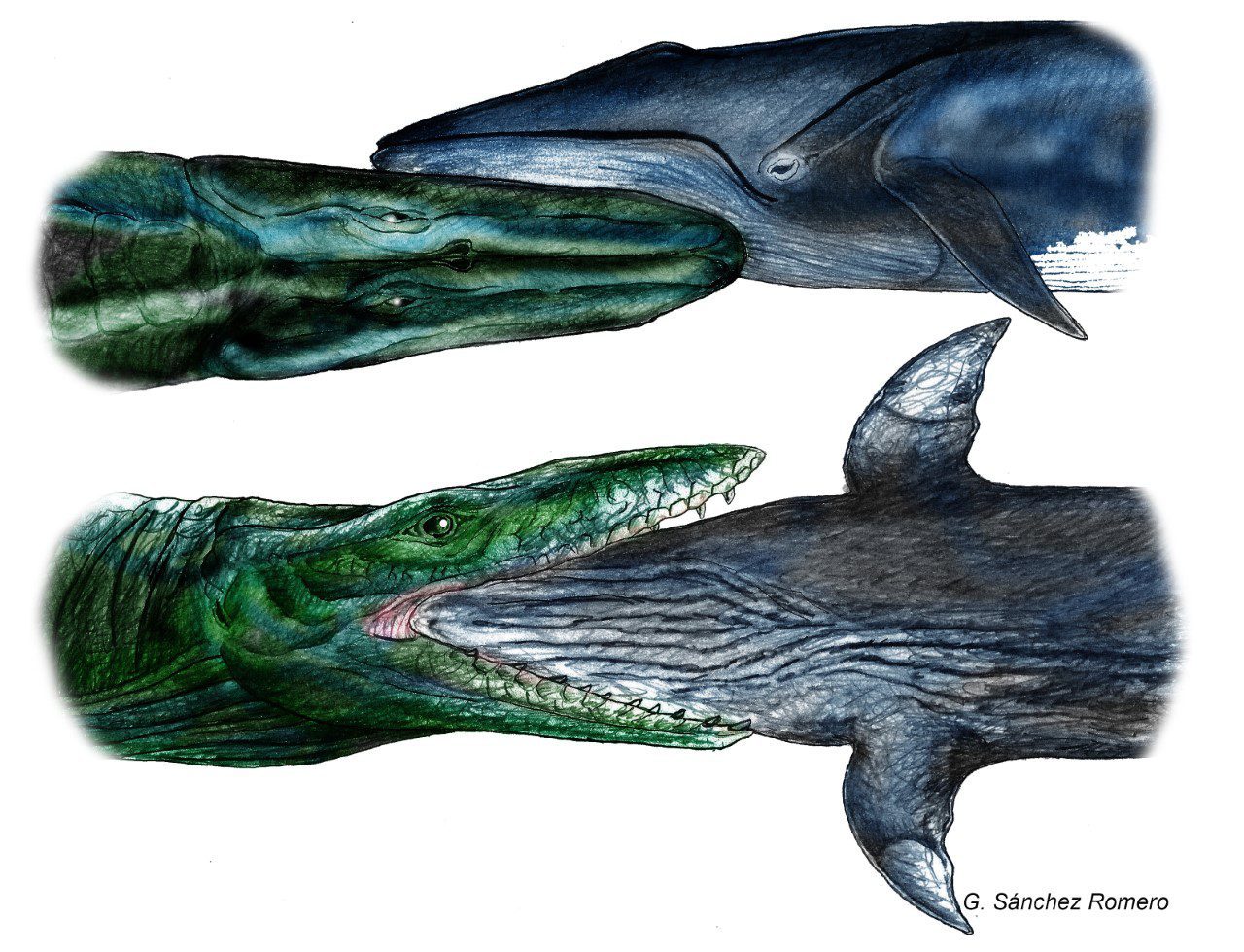
Without members of the scientific community being able to examine the long-gone carcass of the finback for additional clues, we may never know the truth. However, for the life of me, I cannot think of any other logical explanation as to how that whale sustained the wounds it did. I intend to submit my theory and findings to several respected paleontologists in an effort to obtain their feedback.
Many people believe that “extinct” creatures still roam the forests and oceans of the world. Whether it’s the Yeti, Champ, or the monster of Loch Ness, the legends of these creatures remain, and with regular sightings to bolster them. In the past, I looked at these assorted reports from a cautious, albeit hopeful perspective – the viewpoint of a writer with a passion for such things who would like to believe in them, but is hesitant to say he does. Now, the situation is different. Before, all that existed were reports and eye witness accounts. But now, for the first time, we have something tangible.
Put another way, I think our oceans are turning out to be a far more diverse (and harrowing) place than any of us realize. And IF these creatures – these great, scaly titans of prehistory – are still out there, lurking in the ocean depths, and (wisely) avoiding us like the plague, we need to find them. We need to (as safely as possible) locate them, study them, learn from them, and most importantly, we need to protect them. Because if the remnants of a race of macropredators that once shared our planet with the dinosaurs are still alive, they are the greatest survivors in the history of the world.
They are the true Lords of the Deep. And they sure as hell deserve our respect.
Max Hawthorne
(original publication date 4/6/2014)
